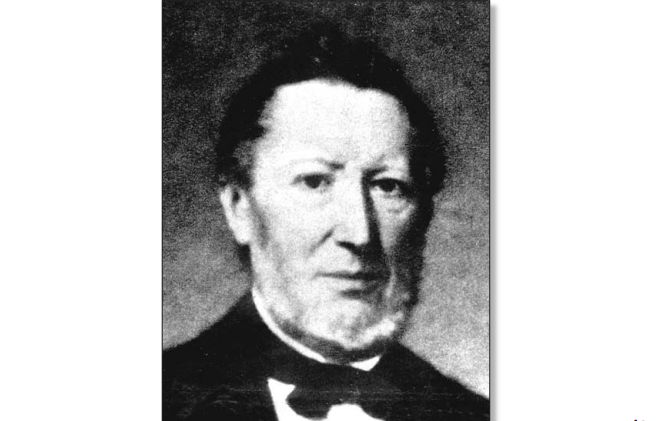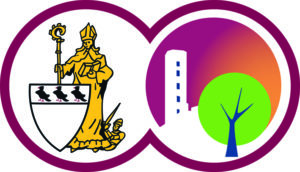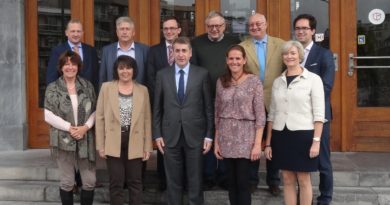The curious history of Château Malou

You will find parks of all types and sizes all over Brussels. But rarely will you come across one that has a centuries-old château in it with a history both dark and fascinating.
Today, we take you to Parc Malou, the oldest and biggest park in Woluwe-Saint-Lambert, a municipality in the eastern side of the Brussels region.
The park covers eight hectares of green space with a chain of ponds and four recreational areas. The site was first mentioned in a document written in the 12th century when feudal lords occupied the village.
The first thing we see is a large pond encircled by a trail. As we stroll around the pond, a magnificent building of neoclassical features comes into view. Welcome to Château Malou, one of the treasures of Woluwe-Saint-Lambert.
It looks just like the setting of a romantic 18th century period movie. An immaculate white château on a hill surrounded by trees. A cobblestoned courtyard on one side and a lawn descending unto a pond on the other.
But there’s more to Château Malou than meets the eye. The manor house built in 1776 is also full of history.

A château with a story to tell
The story begins in the 17th century when the park was a rural domain belonging to an aristocrat by the name of Albert Preudhomme who builds a hunting lodge in the middle of the estate.
Enormous debt forces Preudhomme to sell the property in 1654. It is eventually acquired by the Jesuits who turn the place into a retreat house. The religious congregation will run the estate for about a century.
But religious politics would soon trigger a change of ownership in the 18th century. At this time, the growing influence of the Jesuits is becoming a threat to the Catholic Church. In 1773, the Vatican dissolves the Jesuits and banishes them from the property.

A banker named Lambert de Lamberts becomes the next proprietor of the estate. In 1776, the hunting lodge is replaced with the two-storey château we see today. Upon the death of Lamberts, the property is sold to politician Charles-Louis Kessel.
After Kessel, a man of notorious reputation takes ownership of the estate in 1829. Pierre van Gobbelschroy was a prominent leader under the French and the Dutch regimes. His political career ends in disgrace after Belgium gains independence in 1830.
The darkest event in the history of the château takes place in 1850 when Gobbelschroy succumbs to financial ruin and takes his own life. But better days would overturn the tragic events when the property becomes the home of a politician well loved by the Belgians.

Who was Malou?
The château was named after Jules Malou who owned the property from 1853 until his death in 1886.
Unlike his predecessor, Malou was a popular politician who twice served as Prime Minister of Belgium. And unlike all the previous owners of the estate, he showed a certain dedication to Woluwe-Saint-Lambert and its residents.
A member of the Catholic Party, Malou initiated several projects in the municipality including the construction of a Catholic school for girls in 1879.
The property of Malou was passed on to his descendants until 1952 when it was turned over to the municipality. Since the 1970s, the château and the surrounding park have undergone several renovations.

Today, Château Malou is one of the very few manor houses in Belgium that anyone can visit. The historic building is now a center for cultural activities, art exhibits, conferences, and weddings.




